
How to get heat from the bottom of a lake

Switzerland’s biggest lakes have a high potential for creating energy. Their waters can cool structures in summer and heat them in winter – like the UN building in Geneva. It seems that the system doesn’t cause any environmental problems.
In Geneva, the International Committee of the Red Cross, the International Labour Organisation and the United Nations have something in common: the water circulating through their buildings comes from Lake Geneva. The principle is a simple one, explains Cliff Moesching, head of thermal applications with Geneva’s municipal power company. “We get the water at a depth where the temperature is fairly constant, and we pipe it through the buildings. Then we pipe it back into the lake.”
In operation since 2009, the project Genève Lac NationsExternal link – the first hydrothermal use of the waters of Lake Geneva – cools the buildings in the Sécheron-Nations district in the northern part of the city. “The unique feature is that we can use this system to heat them too,” points out Moesching, as he describes the system to swissinfo.ch from a vantage point on the shore of the lake.
He indicates a point out on Lake Geneva, about 2.5km in a northeasterly direction and 40 metres down. This is where they have positioned the water collector, capable of siphoning out 2.7 million litres per hour. “In that area the temperature stays between 6 and 10 ºC all the year round,” explains Moesching.

Power consumption reduced
Having been pumped into an underground reservoir on land, the water enters a system of pipes. To cool buildings and computing facilities, it goes through a heat exchanger hooked up to the cooling system of the building.
“The water of the lake never comes into contact with other substances. So it can be directly pumped back into the lake,” Moesching points out. For heating they use the same principle. But instead of going into a heat exchanger, the water goes into a high-powered heat pump.
The amount of electricity used to heat is greater than the amount used to cool. Even then the environmental impact is slight compared to a traditional system using fossil fuel (heating oil), notes Moesching. “Producing heat with this system, we reduce CO2 emissions by 80%. And when we cool, we save 80% of the electricity,” he explains.
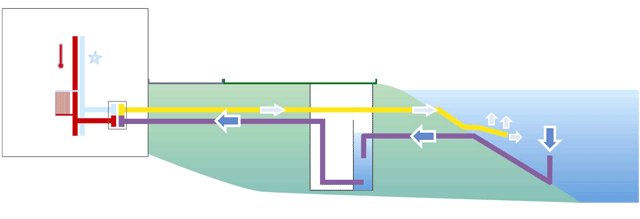
Against global warming
To achieve a sustainable energy supply and gradual reduction of CO2 emissions, heating and cooling with water from the deep lakes of Switzerland is a worthwhile option, according to the Swiss Institute for Aquatic Research (EawagExternal link).
Each winter, it would be possible to get one gigawatt (GW) of energy – which corresponds to the electricity-generating capacity of a modern nuclear power plant – from Lake Constance, for example, and meet the power needs of a million people, says a studyExternal link published at the end of 2014. This harnessing of water resources, say the Eawag researchers, would bring down the temperature of the lake less than 0.2 ºC, which would have little effect on the body of water.
In addition, extracting heat could compensate for the rising temperatures in bodies of water caused by the greenhouse effect, points out Alfred Wüest, lead author of the study.
Wüest says that the findings could be duplicated for other major bodies of water. With a variation in the water temperature of 1 ºC at most, the heating potential of Swiss lakes – like lakes Geneva, Constance, Neuchâtel, Zurich, Lucerne and Thun – is more than 60 GW, he says.
Using water from Switzerland’s biggest lakes is a good idea from the point of view of energy management, agrees the Federal Energy Office. “Whereas hospitals, homes and schools need heat, computing facilities and food services need mainly refrigeration,” it told swissinfo.ch.
Effects on the ecosystem?
The federal officials do point out that use of the lakes has to conform to the regulations protecting water and the natural environment. The issue of heat pollution (when colder or hotter water is pumped into a lake) remains open for now, says Eawag.
No more than 3 ºC
Swiss federal regulations on protecting water resources say that “adding or extracting heat should not cause a variation in the temperature of water of more than 3 ºC compared to what it is in the natural state”. In waters with trout, it must be not more than 1.5 ºC.
At present it is not possible to quantify the exact temperature variation that might trigger significant changes in the ecologies of lakes and rivers. The only thing that seems fairly certain is that an increase or decrease of 0.5 ºC has no significant effect.
In the case of Geneva, the water pumped back into the surface waters of the lake has no environmental impact on fauna and flora, a studyExternal link of the F.A. Forel Institute of the University of Geneva found.
“We believe that for the bigger lakes, the consequences for biodiversity are fairly negligible,” WWF Switzerland spokeswoman Pierrette Rey told swissinfo.ch. “But it is clear that we need to keep a watchful eye on any side-effects: this method could become problematic if water that is already warm is heated again later,” she notes.
Thermal energy for tomorrow
Having a renewable source that is abundant and always available, whatever the weather, is still not quite enough. “Remote heating makes sense in high density areas. However, piping for heat has a fairly large diameter, upwards of a metre, and requires a lot of digging, which disturbs the public environment,” notes Julien Ducrest, an engineer with the Geneva power company.
In Geneva it was possible to build the structure – with 6km of pipes, at a cost of CHF33 million – as part of the urban development work that started in the United Nations quarter about 15 years ago. Old buildings were renovated and new ones built to better energy standards, a key requirement for hooking up to the hydrothermal grid. There are about 20 buildings on the grid at present.
In the city centre, the Geneva power company is developing a new grid to use the same technology. “You need broad shoulders to make this kind of investment,” remarked Christian Brunier, the company’s CEO, in an interview with the newspaper Tribune de Genève. For now, the company’s “thermal work runs a deficit. But this is normal. The same happened with electricity and gas in the old days, when the grids were first built. But in 15 or 20 years, thermal energy will be one of our economic levers”.
Energy from lakes and rivers
The idea of using natural water resources is not new. In 1938, Zurich installed a heat pump in its cantonal parliament house using water from the nearby river Limmat.
In St Moritz, the water from a lake has been used since 2007 to heat a hotel, a school and apartment buildings.
Apart from the grid in Geneva (the biggest of its kind in Switzerland), the waters of Lake Geneva are used by the Federal Institute of Technology in Lausanne and several companies and hotels along the shore.
The premises of the Swiss National Supercomputing Centre in Ticino are cooled using water from Lake Lugano.
In Horw, there has been an application to use the waters of lake Lucerne to heat and cool a residential area (with about 500 homes) and commercial area of 1.1 million sq m.
Translated by Terence MacNamee

In compliance with the JTI standards
More: SWI swissinfo.ch certified by the Journalism Trust Initiative






















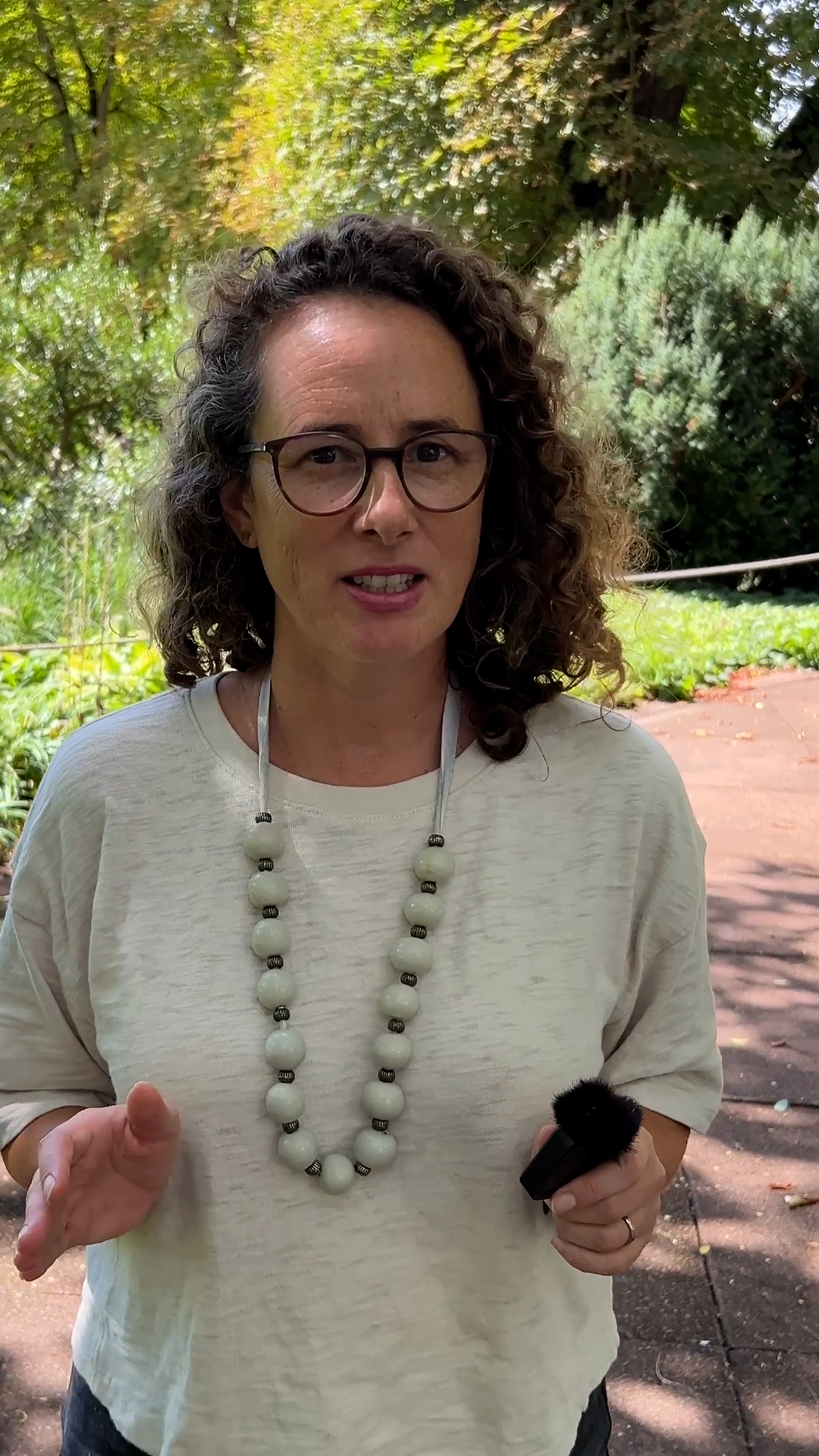




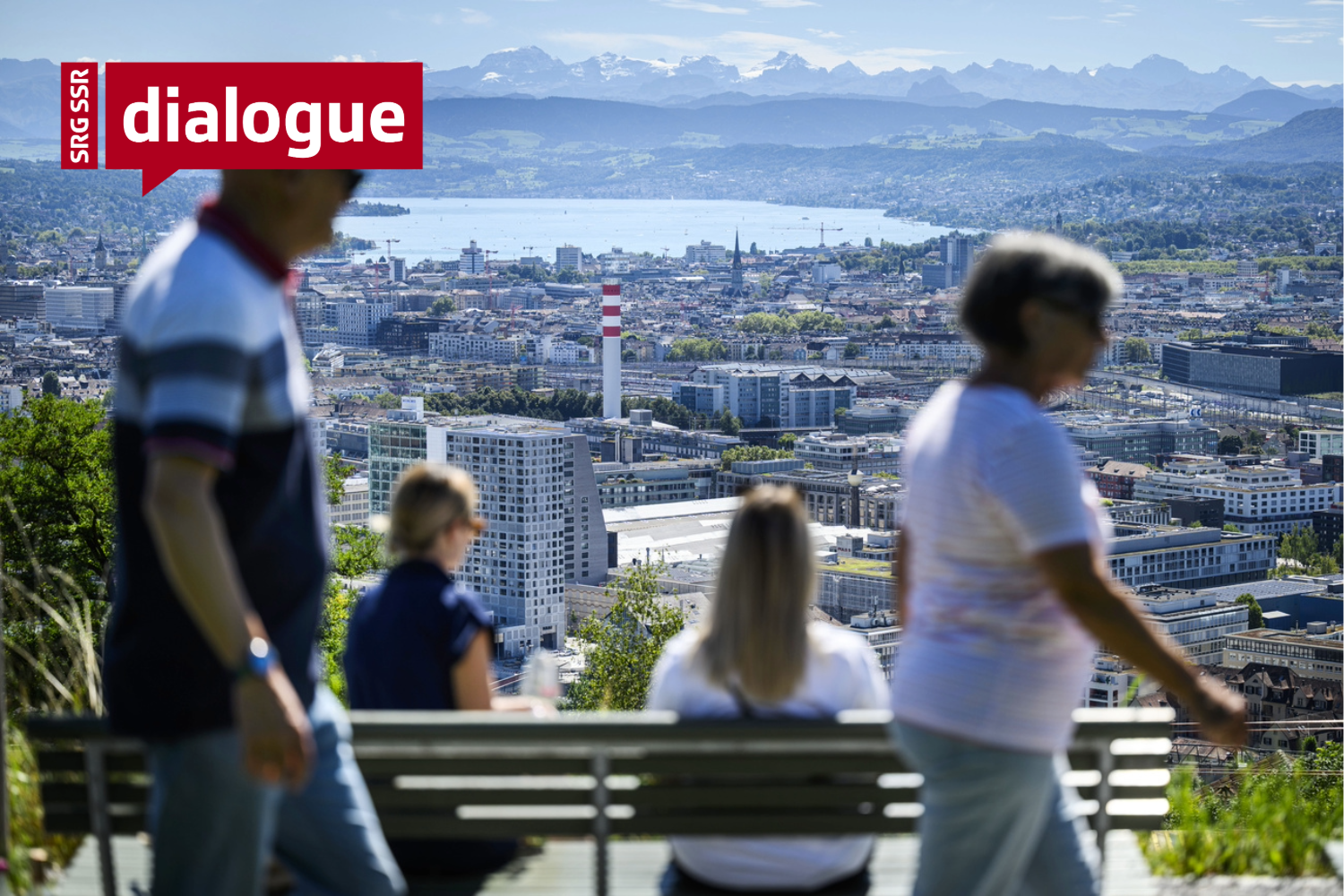


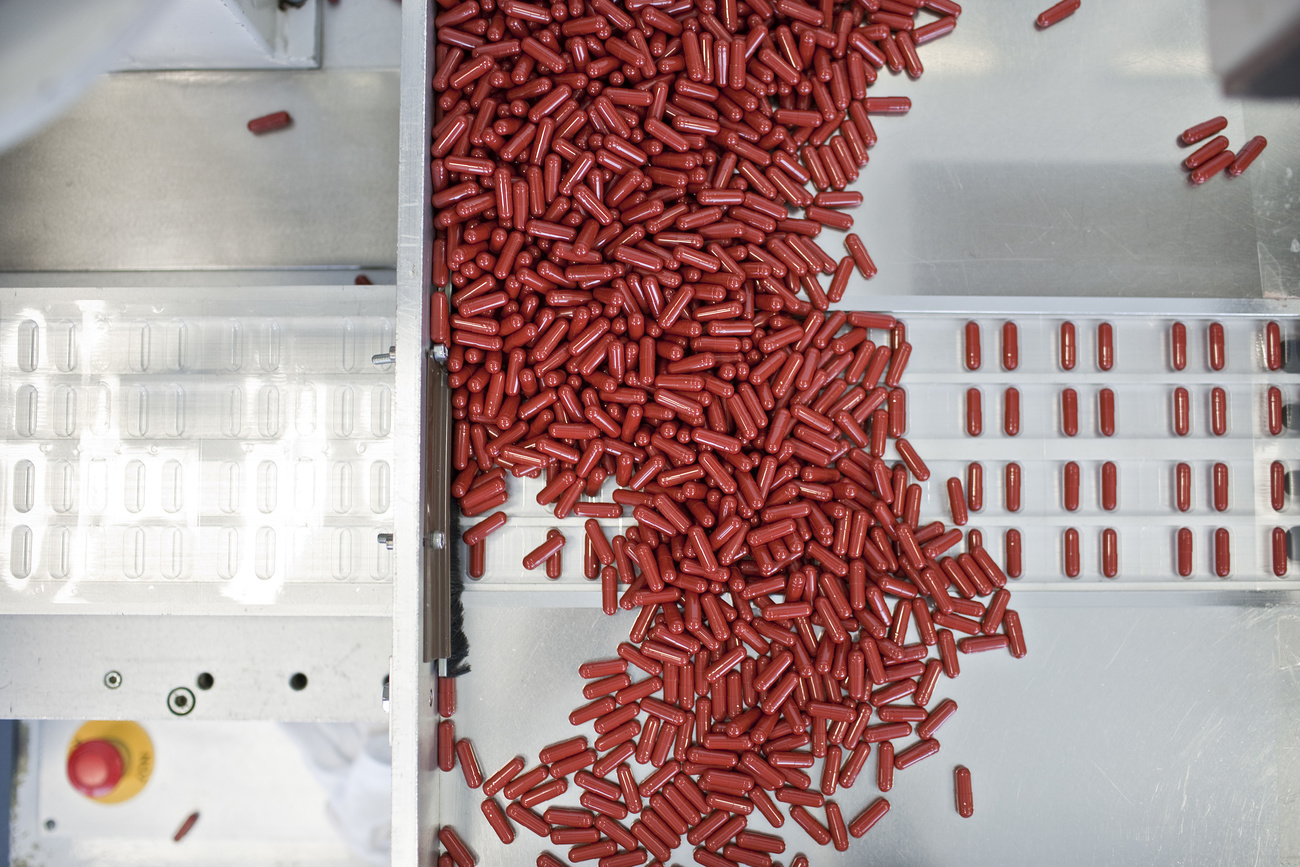
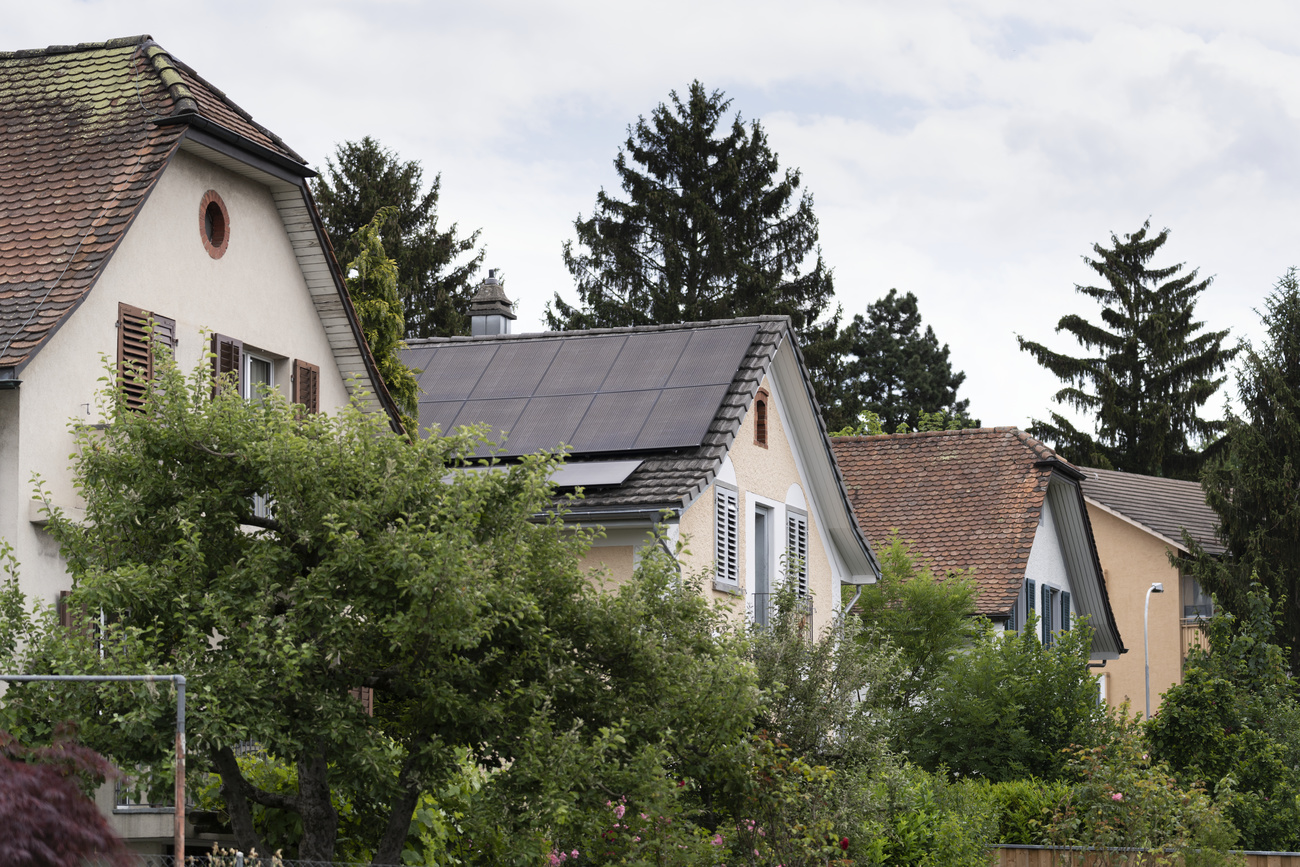









You can find an overview of ongoing debates with our journalists here . Please join us!
If you want to start a conversation about a topic raised in this article or want to report factual errors, email us at english@swissinfo.ch.